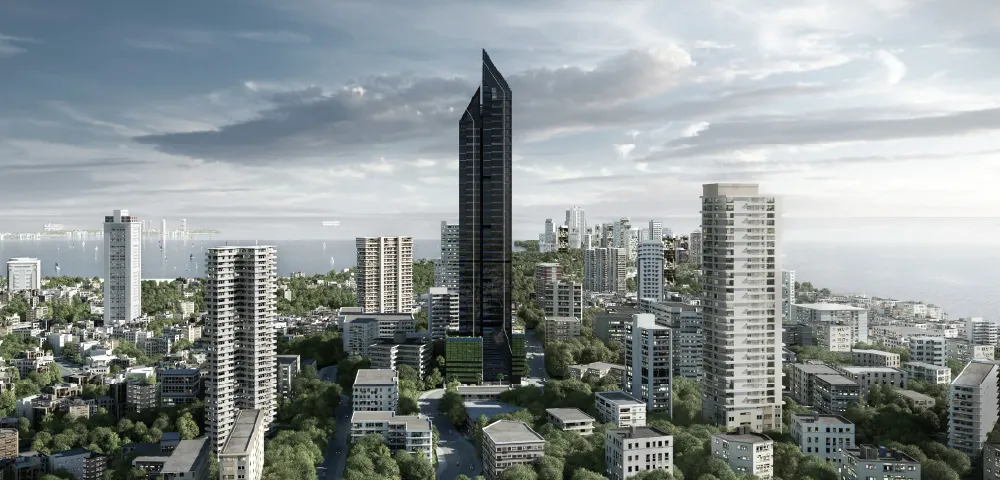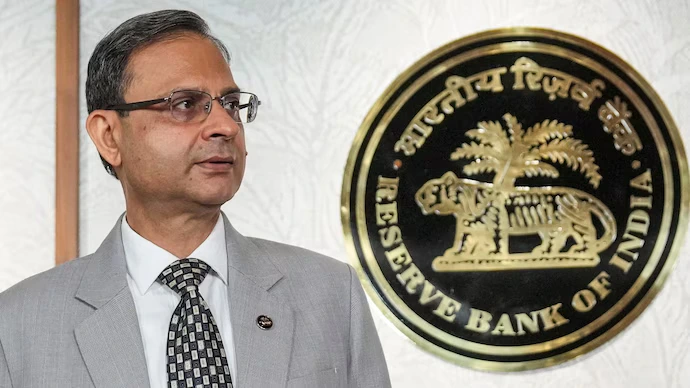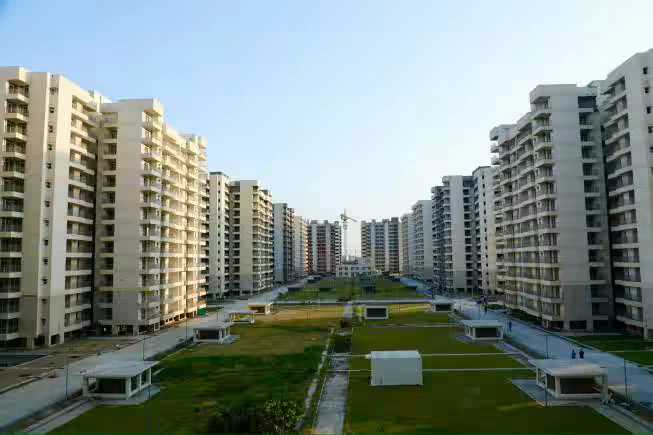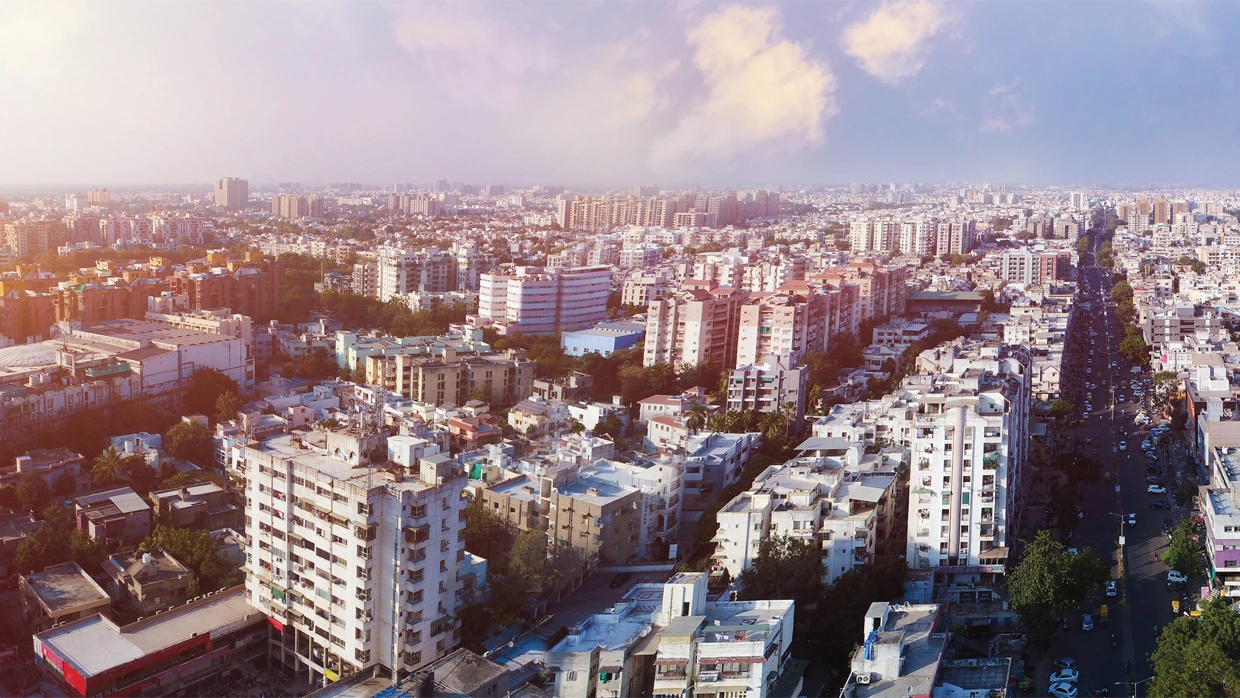Table of Content
- India’s Position in the Global Branded Housing Landscape
- Rising Wealth and the Expanding HNI Base
- Branded Residences: A Rapidly Growing Global Trend
- Global Market Shift: Asia-Pacific and the Middle East Take the Lead
- Hotel-Linked vs. Standalone Branded Residences
- What This Means for India’s Real Estate Sector
- Conclusion
India’s luxury housing market is witnessing an unprecedented rise, with the country now emerging as a significant global player in branded residences. According to Knight Frank’s “The Global Branded Residences Report 2025,” India ranks sixth globally in branded residences, accounting for nearly 4% of the worldwide supply. Cities such as Mumbai, Delhi-NCR, Bengaluru, and Pune are leading this segment, showcasing the country’s growing appetite for brand-led living experiences.
The report also highlights India’s growing influence on the global luxury real estate map, ranking tenth in the pipeline of upcoming branded residential projects, reflecting both strong investor confidence and consumer demand.
India’s Position in the Global Branded Housing Landscape
Knight Frank’s findings reveal that India contributes 4% to the global supply of branded residences, ranking sixth among 83 countries surveyed. The report emphasizes India’s competitive positioning, noting that it also represents 2% of the global upcoming supply pipeline of branded homes.
This performance reflects how Indian metros are evolving into hubs for lifestyle-driven, brand-associated living. The demand is being led by homebuyers seeking international-standard amenities, hospitality-inspired service, and design exclusivity hallmarks of branded housing.
According to the report, Mumbai, Delhi-NCR, Bengaluru, and Pune collectively account for the largest share of such developments in India. These cities are witnessing a surge in collaborations between leading developers and global hospitality or fashion brands, reinforcing India’s place in the global luxury property ecosystem.
Also Read: UP RERA Approves Six New Real Estate Projects Worth ₹176 Crore
Rising Wealth and the Expanding HNI Base
A key driver behind this growth is India’s expanding pool of high-net-worth individuals (HNIs). As per Knight Frank, the country now has 85,698 individuals with a net worth exceeding $10 million, representing nearly 3.7% of the global HNI population.
This surge in wealth creation, combined with growing urban affluence and aspirations, is fueling the demand for branded residences. For many affluent buyers, branded homes are not just about luxury they signify trust, exclusivity, and long-term asset value. These residences offer hotel-grade services, curated experiences, and global recognition, making them a preferred choice for India’s elite and NRIs looking for high-value investments.
Branded Residences: A Rapidly Growing Global Trend
Globally, branded residences have grown dramatically over the past decade. According to The Global Branded Residences Report 2025, the number of such schemes rose from 169 in 2011 to 611 in 2025, and is projected to surpass 162,000 units by 2030.
Hotel brands continue to dominate this market, accounting for nearly 83% of the total branded residence supply. However, Knight Frank’s analysis indicates a gradual shift as non-hotel luxury lifestyle brands including names from fashion, automotive, and design sectors increasingly enter the space.
Commenting on this trend, Liam Bailey, Global Head of Research at Knight Frank, notes that the appeal of branded residences lies in the “alignment of trust between brand, developer, and consumer”, supported by developer appetite and consumer demand for quality and consistency.
Global Market Shift: Asia-Pacific and the Middle East Take the Lead
While North America has historically led branded residence development, the global market is now undergoing an eastward shift. According to Knight Frank, North America’s share of upcoming projects has dropped from 32.7% to 26.2%, whereas the Middle East now commands 26.7% of the pipeline.
Asia-Pacific markets especially India and Thailand are emerging as the next major frontiers for branded living. India’s growing wealth base, coupled with rising urban sophistication, is positioning it as a key player in this global rebalancing of luxury housing demand.
Hotel-Linked vs. Standalone Branded Residences
Traditionally, branded residences were extensions of luxury hotels, offering residents five-star hospitality under renowned brands such as Four Seasons, Ritz-Carlton, and St. Regis. However, the market is evolving rapidly.
Knight Frank observes that developers are increasingly launching standalone branded residences luxury projects carrying brand names but operating independently of hotels. These projects provide the same standards of design and service while ensuring greater privacy and exclusivity.
This global shift is most visible in the Middle East and North America, and India is expected to follow as developers explore brand tie-ups in sectors beyond hospitality including fashion, design, and lifestyle. Despite this shift, hotel-backed projects remain dominant in India, offering trusted brand value and global-standard management services that continue to appeal to luxury buyers.
What This Means for India’s Real Estate Sector
India’s ranking sixth globally in branded residences is not just symbolic; it signals the country’s growing maturity in the global luxury housing ecosystem. It showcases a blend of international collaboration and domestic developer innovation.
Cities like Mumbai and Delhi-NCR are already hosting a series of partnerships between Indian developers and world-renowned brands such as Four Seasons, Trump, Soneva, and Armani, with more in the pipeline. Meanwhile, Bengaluru and Pune are emerging as high-growth markets, driven by a new class of entrepreneurs and professionals with global exposure and refined housing preferences.
The trend aligns with a broader shift toward “premiumization” in Indian housing as more developers focus on niche, experience-led projects that go beyond conventional luxury. For investors, branded residences also offer higher resale potential and long-term value stability, making them a strategic asset in diversified real estate portfolios.
Also Read: Mumbai Leads India’s Housing Sales in Q3 2025, Office Rents Surge 11% on Robust Demand
Conclusion
With India ranking sixth globally in branded residences, the country is fast becoming a hub for international real estate brands and luxury investors. Backed by a growing base of wealthy individuals, evolving buyer preferences, and increased global collaborations, India’s luxury residential market is poised for sustained expansion.
As more developers recognize the power of brand association in enhancing value and trust, branded residences are set to redefine the country’s urban luxury landscape. In the coming years, India’s leading metros are expected not only to expand their presence in this space but also to shape the future of branded living across the Asia-Pacific region.







Ans 1. Branded residences are luxury homes or apartments developed in collaboration with renowned hospitality, fashion, or lifestyle brands. They offer residents hotel-grade services, world-class amenities, and design standards associated with the brand.
Ans 2. India ranks sixth globally, contributing nearly 4% of the worldwide supply of branded residences. The country also ranks tenth in the pipeline for upcoming branded residential projects.
Ans 3. The top Indian metros in branded residences are Mumbai, Delhi-NCR, Bengaluru, and Pune, driven by high-net-worth buyers and collaborations between developers and global brands.
Ans 4. Key factors include a growing population of high-net-worth individuals (HNIs), rising urban affluence, demand for international-standard amenities, and the desire for trusted, exclusive living experiences.
Ans 5. Traditionally, yes. Most branded residences were extensions of luxury hotels like Four Seasons, Ritz-Carlton, or St. Regis. However, standalone branded projects by lifestyle, fashion, and design brands are emerging globally, including India.
Ans 6. India contributes 4% of the global branded residences supply and 2% of the upcoming project pipeline. The Asia-Pacific region, including India, is emerging as a key growth hub, shifting demand from traditional markets like North America.
Ans 7. Branded residences provide high resale potential, long-term value stability, international-standard amenities, brand credibility, and curated lifestyle experiences, making them attractive to both domestic and NRI investors.
Ans 8. Global hospitality and luxury brands such as Four Seasons, Trump, Soneva, and Armani have collaborated with Indian developers. Many more projects are planned as developers explore brand tie-ups in lifestyle and design sectors.
Ans 9. The market is expected to grow steadily as more developers focus on premium, experience-led housing projects. India’s leading metros will continue expanding branded residence offerings, shaping urban luxury and attracting global investors.
Ans 10. Branded residences are driving premiumization in India’s housing market, encouraging developers to create niche, high-quality projects. This trend boosts luxury real estate, attracts foreign investment, and raises overall market standards.